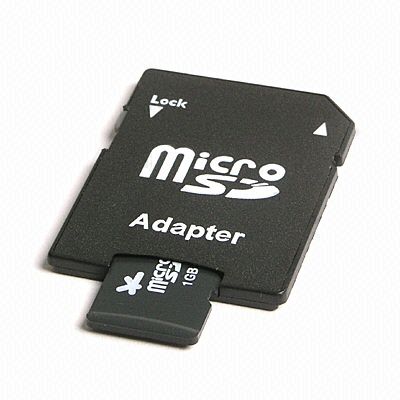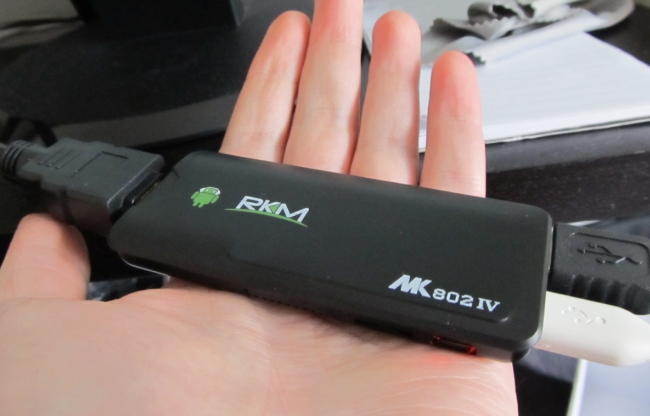
We’ve just prepared a Ubuntu 12.04.4 and Wacnet 1.1.2 image and decided to make it available to everyone, for free.
Here’s the download link: MK802iv Wacnet image
This SD card image (8GB) is to be used with the MK802iv miniature PC:

If you need admin power:
- User: hvacio
- Password: hvacio
The PC will announce itself as HVAC on the LAN, which makes it easy to find by looking on a router at the list of all connected devices.
Automatic Wacnet launch
Wacnet is programmed to be launched as soon as the mini PC is plugged into a power plug. (Or rather when a wired Ethernet connection is detected… but it’s mostly the same thing.)
After a few seconds, you can go to http://the-mini-pc-IP:47800 and see the same web interface you would see if you launched Wacnet on your own machine.
SSH (mostly) Disabled
For all intended purposes, SSH has been disabled. No login/password will be accepted. The only possible connection is with a private key that only we, HVAC.IO, possess.
As such, if you want to play around in Ubuntu and change some configs, you’ll have to plug a monitor and a keyboard to the mini PC. At this point, you’ll be able to re-activate SSH access if you so desire.
By doing this, we make sure that nobody will accidentally leave a vulnerable SSH access, while still being able to provide some kind of support, if necessary.
(You can obviously remove our public key from the SSH access if you don’t like the idea of us being able to connect to the device.)
SD Preparation
- Extract the compressed image (In the 7z format; you might have to download an application to decompress it);
- Copy the image
mk802iv.imgto an SD card (minimum 8GB),
On linux, you can use this command (just replace /dev/sdc/ by
whatever is your SD card… probably /dev/sdb):
sudo dd bs=4M if=mk802iv.img of=/dev/sdc
On Windows, you can download DD for Windows here, or Win32DiskImager. Please note that we haven’t tested any of those, but they appear to be the ones most often used to copy an image to an SD card.
Testing
The MK802iv should boot on the SD card instead of its own Android software. The easiest way to validate that everything works is to plug a monitor to the device and make sure it boots into Ubuntu, not Android.
If it does, congratulation, you now have your own BACnet webserver that you can hold in your hand!
